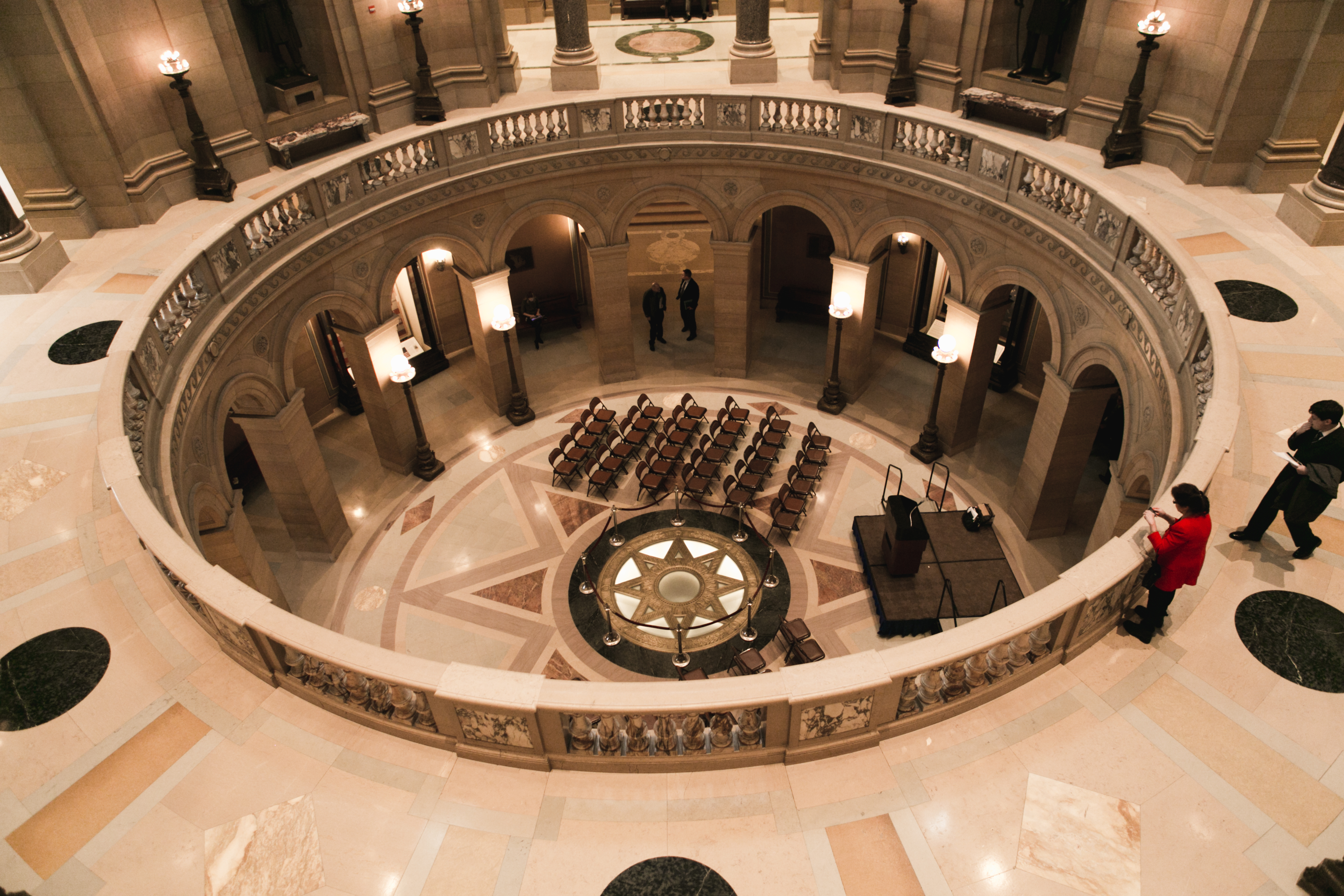Minnesota’s budget and economic outlook continues to improve, leading to a $1.332 billion projected surplus heading into the 2020 legislative session. This is in the wake of a bipartisan budget deal reached last May between Gov. Tim Walz, the Senate GOP and House DFL majorities.
Minnesota Management & Budget attributes the improved performance since the end of the last legislative session to an improved revenue forecast and a small decrease to estimated spending. This forecast will allow a portion to be automatically allocated to the budget reserve, as required by state law. It will bring the reserve balance to its statutory target level of $2.359 billion.
The state releases this forecast twice a year to guide the governor and Legislature on spending and taxation issues. An update to this forecast will be released in late February. The next legislative session will convene on Feb. 11. While it will not be a budget setting session, lawmakers can agree to spend the surplus on new or existing state programs. View forecast documents and budget presentation.
What It Means
Capital Projects
The 2020 session is slated to focus on a bonding bill for capital projects. Gov. Walz said he would propose a bonding bill larger than the $1.27 billion he proposed last session, of which none was passed into law by the legislature.
There are over $5 billion in capital project requests the Governor’s office is considering. Today’s budget forecast assumes bonding of $995 million over the two year budget cycle, an amount that wouldn’t raise the state’s debt service from current general fund levels. However, the state’s debt service guidelines would allow for a much more sizable bill of $3.5 billion for the current biennium.
Expect the Governor and House DFLers to come into 2020 with a bonding request between $1.5 and $3.5 billion and the Senate GOP with a position of maintaining the current $995 million level.
Tax Cuts
Today’s forecast also sets up further discussion about more tax cuts, supported by the Senate GOP, and additional spending, which DFLers will seek as both bodies head into their re-election campaigns.
Priorities
Positive budget news is always welcome, but it does bring with it lots of spin and problems as partisan expectations on both sides increase. We won’t know what, if any, supplemental budget spending Gov. Walz will seek in the 2020 session until closer to the session start date, and perhaps not until after he sees the next forecast update in late February.
MREA will be advocating for funding to help address cooperative facilities, teacher shortages and school and student safety as well as increases to the basic education formula to keep up with inflation.





